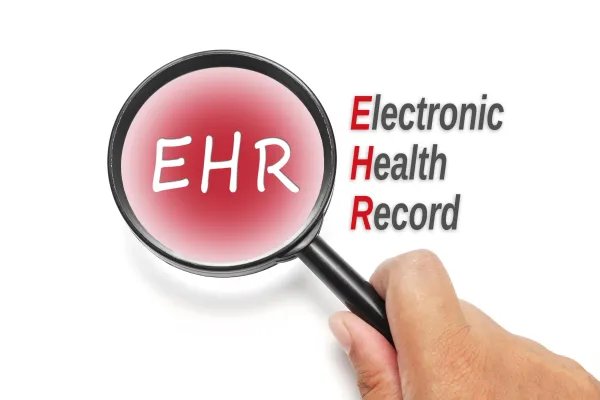Gastroenterology Coding Alert
Patient Privacy:
Are You Familiar with Incidental Disclosures?
Published on Mon Aug 05, 2019

You’ve reached your limit of free articles. Already a subscriber? Log in.
Not a subscriber? Subscribe today to continue reading this article. Plus, you’ll get:
- Simple explanations of current healthcare regulations and payer programs
- Real-world reporting scenarios solved by our expert coders
- Industry news, such as MAC and RAC activities, the OIG Work Plan, and CERT reports
- Instant access to every article ever published in Revenue Cycle Insider
- 6 annual AAPC-approved CEUs
- The latest updates for CPT®, ICD-10-CM, HCPCS Level II, NCCI edits, modifiers, compliance, technology, practice management, and more
Related Articles
Other Articles in this issue of
Gastroenterology Coding Alert
- CMS Audits:
Auditors Shine Light on Modifier Use with Discontinued Procedures
If you’re a fan of modifiers 73 and 74, find out what RACs are reviewing. [...] - Incision And Drainage:
Differentiate Anal I&D from Rectal I&D Codes
When in doubt, query your providers. When you encounter a chart for anal or rectal [...] - Patient Privacy:
Are You Familiar with Incidental Disclosures?
6 expert tips help you minimize your disclosure risk. Although the HIPAA laws can be [...] - You Be the Coder:
Find out If You Can Carry Over EHR Notes
Question: In your article last month on time-based E/M coding, you mentioned the factors that [...] - Reader Question:
Is 99199 for No-Shows?
Question: We report 99199 to payers to bill for no-show patients. We’ve been doing this [...] - Reader Question:
Is Incident-to On Its Way Out?
Question: We have two physician assistants at our GI practice, but we recently heard that [...] - Reader Question:
Is There an Order of Operations for CPT® Codes?
Question: We typically list the code with the highest RVU first on our claims when [...]
View All




